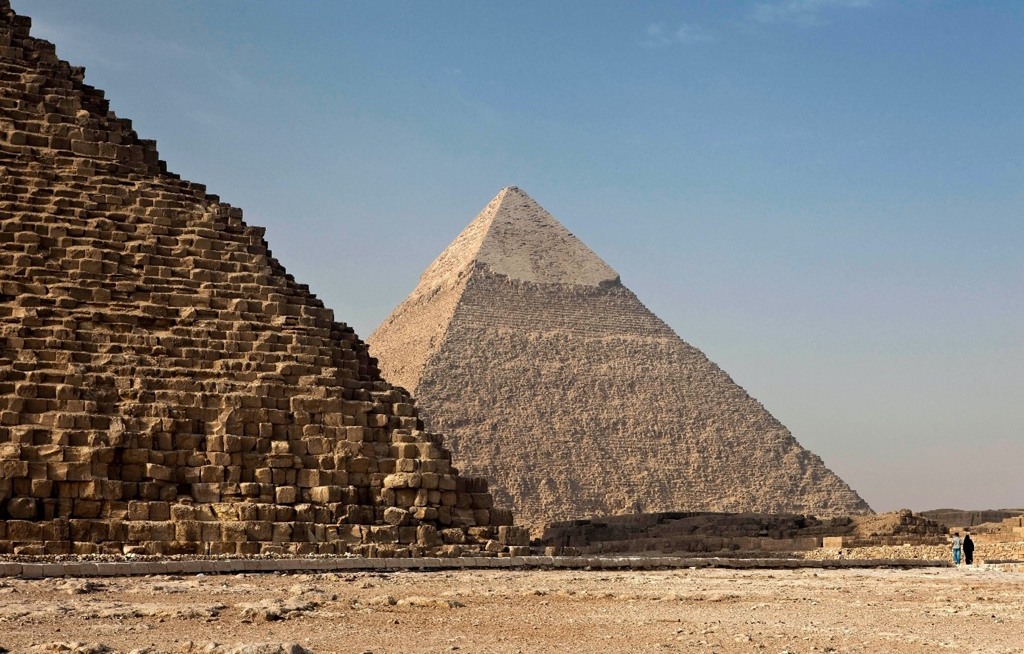Tavex uses cookies to ensure website functionality and improve your user experience. Collecting data from cookies helps us provide the best experience for you, keeps your account secure and allows us to personalise advert content. You can find out more in our cookie policy.
Please select what cookies you allow us to use
Cookies are small files of letters and digits downloaded and saved on your computer or another device (for instance, a mobile phone, a tablet) and saved in your browser while you visit a website. They can be used to track the pages you visit on the website, save the information you enter or remember your preferences such as language settings as long as you’re browsing the website.
| Cookie name | Cookie description | Cookie duration |
|---|---|---|
| tavex_cookie_consent | Stores cookie consent options selected | 60 weeks |
| tavex_customer | Tavex customer ID | 30 days |
| wp-wpml_current_language | Stores selected language | 1 day |
| AWSALB | AWS ALB sticky session cookie | 6 days |
| AWSALBCORS | AWS ALB sticky session cookie | 6 days |
| NO_CACHE | Used to disable page caching | 1 day |
| PHPSESSID | Identifier for PHP session | Session |
| latest_news | Helps to keep notifications relevant by storing the latest news shown | 29 days |
| latest_news_flash | Helps to keep notifications relevant by storing the latest news shown | 29 days |
| tavex_recently_viewed_products | List of recently viewed products | 1 day |
| tavex_compare_amount | Number of items in product comparison view | 1 day |
| Cookie name | Cookie description | Cookie duration |
|---|---|---|
| chart-widget-tab-*-*-* | Remembers last chart options (i.e currency, time period, etc) | 29 days |
| archive_layout | Stores selected product layout on category pages | 1 day |
| Cookie name | Cookie description | Cookie duration |
|---|---|---|
| cartstack.com-* | Used for tracking abandoned shopping carts | 1 year |
| _omappvp | Used by OptinMonster for determining new vs. returning visitors. Expires in 11 years | 11 years |
| _omappvs | Used by OptinMonster for determining when a new visitor becomes a returning visitor | Session |
| om* | Used by OptinMonster to track interactions with campaigns | Persistent |
| Cookie name | Cookie description | Cookie duration |
|---|---|---|
| _ga | Used to distinguish users | 2 years |
| _gid | Used to distinguish users | 24 hours |
| _ga_* | Used to persist session state | 2 years |
| _gac_* | Contains campaign related information | 90 days |
| _gat_gtag_* | Used to throttle request rate | 1 minute |
| _fbc | Facebook advertisement cookie | 2 years |
| _fbp | Facebook cookie for distinguishing unique users | 2 years |
How Much Gold is Left in The World?

Exploring the remaining global reserves of gold, its profound impact on the economic landscape, and the potential consequences of dwindling gold supplies are critical inquiries that have captivated economists and investors alike. Tavex delves into these questions, offering a comprehensive overview in the text that follows.
Gold is a finite resource that has been a symbol of wealth and power for millennia. As of 2021, known reserves are estimated at 50,000 metric tons of gold, which might last around 15 years at current extraction rates. However, this only paints part of the picture. Discoveries, technological advancements, and recycling play crucial roles in extending the life of gold reserves.
While easily accessible deposits may become scarcer, rising gold prices, innovative extraction methods, and alternative sources like deep-sea mining could ensure gold remains a significant commodity for years.

(The first solid evidence archeologists have of human interaction with gold comes from the ancient Egyptians in roughly 3,000 BC)
How Much Physical Gold Exists Today?
Gold – a precious metal that has captivated civilisations for millennia, remains a sought-after commodity in today’s market. But just how much of this gleaming metal exists above ground?
Current Estimates of Gold Reserves
As of 2021, the World Gold Council estimated that approximately 197,576 metric tons of gold have been mined throughout history. This figure encompasses all the gold ever extracted, including gold in jewellery, gold bullion, electronics, and other forms.
Factors Influencing Gold Quantity
- Recycling: Much of today’s gold is recycled, primarily from electronics and jewellery. This recycled gold re-enters the market, reducing the need for new extraction.
- New Discoveries: While the rate of new gold discoveries has declined, exploration continues, and new deposits can add to the global total.
- Consumption and Use: Unlike resources like fossil fuels, gold isn’t consumed. Instead, it’s often reused or repurposed, ensuring that most mined gold remains in circulation in one form or another.
While gold can fluctuate based on discoveries and recycling rates, the current estimate provides a snapshot of the gold brought to the surface over human history. This figure may continue to grow as exploration and technology advance, albeit at potentially slower rates.
How Much Un-mined Gold Is There?
The allure of gold has captivated humanity for ages, prompting us to delve deep into the Earth’s crust in relentless pursuit of its lustrous treasures. This precious metal has not only been a symbol of wealth and status but has also been instrumental in shaping economies and societies throughout history.
But as we continue to extract this finite resource, a pressing question remains: how much gold is still waiting to be discovered?
Estimates of Un-mined Gold Reserves
As of 2021, the World Gold Council’s data suggests approximately 50,000 metric tons of gold are in known reserves. These reserves represent gold deposits that have been identified and are economically viable to extract with current technology and market prices.
Factors Influencing Gold Reserves
- Economic Viability: Not all gold deposits are currently profitable to mine. Fluctuations in gold prices can render previously uneconomical deposits viable and vice versa.
- Technological Advancements: As mining technology improves, deposits that were once inaccessible or too challenging to mine can become feasible extraction sites.
- Exploration: The Earth’s crust still holds many secrets. Continued exploration may lead to new gold deposits, increasing the known reserves.
- Deep-sea and Space Mining: Future gold extraction might not be limited to land. The deep sea and even asteroids are potential sources of gold, though these ideas are still in their early stages.

Summary
In summary, while a substantial volume of un-mined gold contributes to the global gold quantity, the precise reserves are shaped by a variety of economic, technological, and exploratory factors. Central banks and the Gold Council keep a close watch on these reserves, as the tonnes of gold held by institutions like the Bank of England play a pivotal role in the financial stability of nations.
As we press forward with innovation and exploration, we can expect that the boundaries of gold extraction will broaden, potentially increasing gold holdings around the world. This expansion promises both long-term and short-term new opportunities and challenges for the market, economies, and central banks that rely on this precious metal.

















